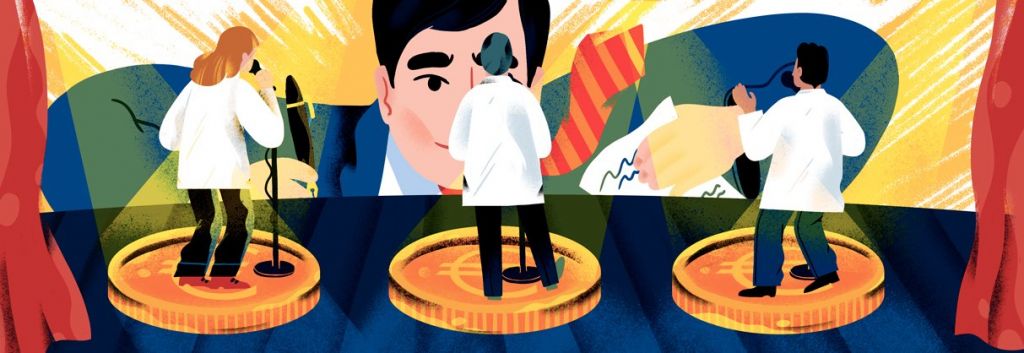Newsletter Signup - Under Article / In Page
"*" indicates required fields
The biotech industry is seeing a massive increase in the amount of funding available to early-stage research. At Bio Europe Spring, we spoke to Nerida Scott, VP of New Ventures and Transactions at Johnson & Johnson Innovation, to learn more about what’s behind it.
In the last five years, the total invested in seed and Series A fundraisings of biotech companies has doubled to reach over €3Bn per year. A particularly big difference can be seen within the European biotech ecosystem.
“10, 15, even 20 years ago, it was really hard to find translational funding in Europe,” said Nerida Scott. “In the US you see slightly different dynamics because a lot of the institutes have their own seed funding as part of the universities. That’s less common in Europe and I think there’s been a huge number of changes to ensure that there’s more access to early-stage capital.”
J&J Innovation is one of the many investors that are turning their gaze to the promise of early-stage research. “What we are really looking for are those nuggets that are going to be transformational. It’s usually very early stage, it’s tested to a certain degree but there is still a lot of risk involved by its very nature.”
In particular, this kind of research could be the key to shift the main focus of modern medicine towards prevention. “We are very interested in trying to intercept and find disease earlier,” explained Scott. “There is a lot of focus on trying to find very disruptive kind of technologies that will help us stay well, rather than wait till we are sick and try and cure us then.”
To make that shift happen, J&J Innovation is following a strategy focusing on supporting ‘open innovation’, an approach that Scott believes could work where the traditional pharma approach has failed.
“Neuroscience is a very good case in point. Very many late-stage studies have failed in the recent past. There is a real need to understand the biology of the disease, and the progression and the onset of the disease, which happens 20 years before you start to see symptoms in some cases, like for Alzheimer’s. It’s very much a need to go back to the basic biology and try to understand the disease in more detail.”
To tackle this challenge, J&J entered a collaboration with industry and charity partners to fund early-stage research into the neuroinflammation processes that might play a role in these diseases. “We try to come up with better disease understanding, at which point it would then flick into something that would be more asset driven that companies may need to protect with IP,” she explained. “We drive the ecosystem in terms of open innovation for specific areas where we think there is a need for more basic understanding.”
This open innovation strategy is also behind J&J’s four ‘innovation centers’ in London, Shanghai, Boston and California, where the company brings together a network of scientists and investors. Rather than taking a controlling role in the companies that join these centers, J&J takes more of an observer and supporter role. That is, until the technology reaches a more mature stage and is ready for a licensing or acquisition deal.
“A lot of very early-stage entrepreneurs may have come from scientific fields, so they are very passionate about the science,” Scott said. “But they might not have all the financial fundraising skills, they might not have the understanding of all the development stages and how the risk is dispersed as you bring something forward, and of what is needed to make a product commercial. Those are things we can bring.”
This kind of approach takes time. “The multi-billion dollar biotech companies today, they all have been in existence for 10, 15, and some of them 20 years. That’s not unexpected, science has to evolve a lot to bring it forward,” said Scott. She believes it’s necessary to take the time to nurture the science, the talent pool and the financial ecosystem. “The whole idea is healthcare will move on, and we want to be at the forefront to understand where it’s going to go and help shape and drive that as well.”
“No matter how much you invest in R&D, you can never invest enough… Even when you spend, like a company of J&J’s size, across the whole business, between €6Bn and €8Bn in R&D a year, there is still more going on in the outside world.”






